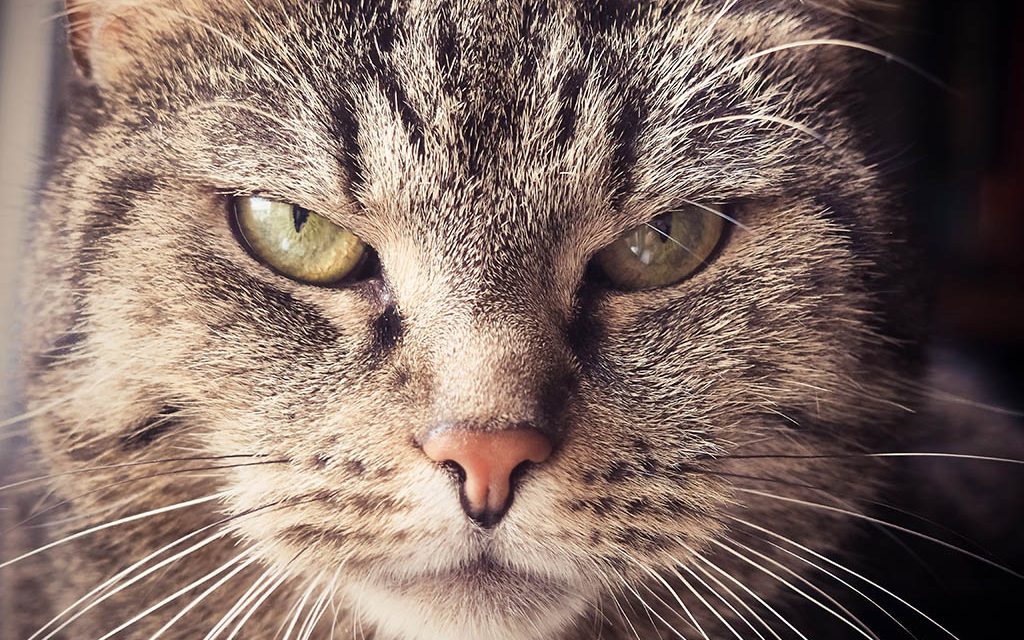Co-existing with cats can be an interesting experience to say the least. Their behaviour can range from amusing to downright deranged. But when your cats’ extreme or repetitive habits get out of control, they can signal cause for serious concern or even medical attention.
As a protective cat parent, how can you tell which quirky behaviours are natural and which are a sign of a problem? This guide provides an overview of some of the most common cat behaviours, and practical advice on how to deal with them if they turn into problems.

Curbing “Bad” Behaviors
In most cases, your cat’s behaviours are just the result of their natural instincts. When your cat jumps onto the counter, scratches the furniture, or eats tasty but toxic foods, they’re just following their natural drives. So instead of shaming your cat, offer alternatives and reward your cat with loving praise when they accept them.
Aggression
Cats may be small compared to dogs, but their teeth and claws can inflict some serious pain, possibly leading to infection in humans known as “cat scratch fever”. Any sign of feline aggression should be taken seriously, as it points to a root problem causing your cat stress.
Aggression Caused by Petting
While most cats are comforted by physical contact with humans, they’ll let you know if and when they would like to be petted. Common signs of annoyance include gentle nips and signs of avoidance, but watch for these signs of more serious aversion which could lead to physical aggression:
- Dilated pupils
- A sharp turn of the head toward your hand
- Flattened ears
- A twitching or restless tail

Cat Fights
Do your housecats have frequent fights? There are a few causes of aggression to consider. If you adopted an older cat, they may not have been adequately socialized with other animals. Just like humans, cats learn social skills at a young age. Because of their territorial nature, it could be difficult for two unrelated male cats, or unrelated female cats who weren’t raised together to share the same home. Cats are creatures of habit and prone to personality clashes, just like humans.
Your cats will count on you to end their in-house fights rather than to let them tough it out, but don’t approach an overly agitated cat. Make sure you provide each of your cats with their own food bowl, bed, and perch to eliminate aggression caused by competitiveness. When fighting occurs, make a loud, distinct noise such as hand clapping and separate your cats. When they get along, give them rewards. As a last resort, separate the cats until they have calmed down. Gradually open the door between them an inch-at-a-time, stopping at any sign of resistance. Use a harness or crates to further restrain your cats if necessary.
You can safely leave your cats alone together when they can eat next to one another in peace, as this is a great sign of trust. If they just can’t seem to get along, get in touch with a certified veterinary or applied animal behaviourist for help. In the case of an endless personality clash, it may be best to find one of them a separate home.

Rough Play
This behavior is normal for kittens under two years old. But when it becomes aggressive toward you, resulting in scratches and bruises and broken household items, it’s definitely a cause for concern.
When kittens play fight amongst each other, they learn to keep their claws retracted and refrain from biting. In the case of shelter or rescue cats who weren’t properly socialized, these soft play behaviours may have never been instilled.





